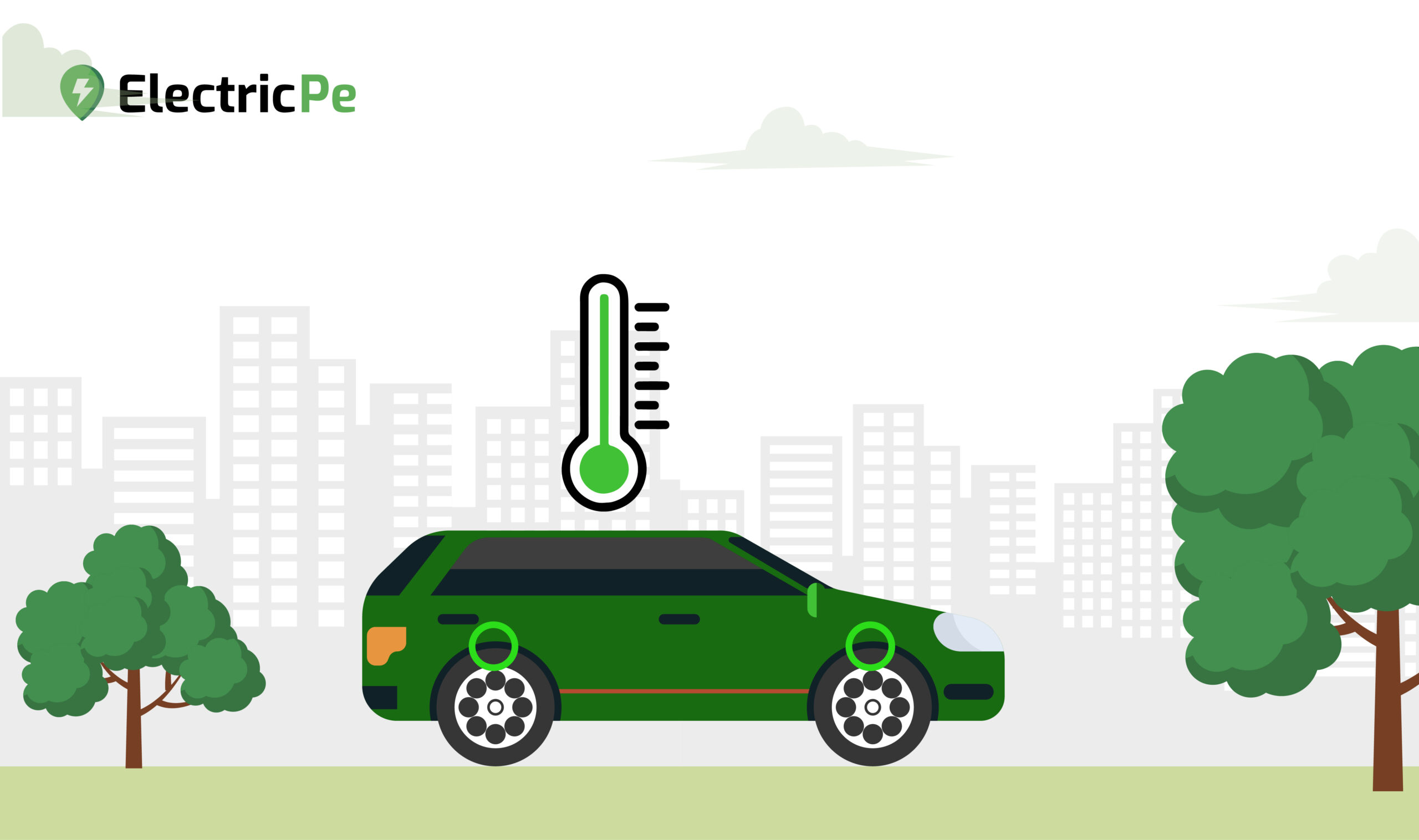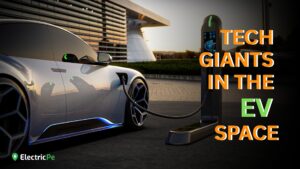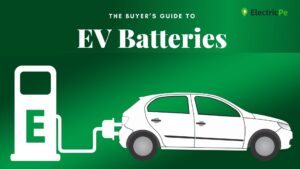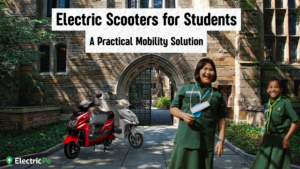Innovation in electric vehicles (EVs) continually broadens the possibilities for environmentally friendly transportation. Regenerative braking is a significant feature that distinguishes EVs from conventional internal combustion engine vehicles. This innovative technology improves the driving economy and helps create a greener and more environmentally friendly community. The following piece will examine the idea of regenerative braking in EVs and its workings, advantages, and potential to modify our travel.
Understanding Regenerative Braking
Electric and hybrid vehicles that use regenerative braking can recover and store kinetic energy while slowing down or coming to a halt. Regenerative braking transforms braking energy into electrical energy and stores it in the vehicle’s battery for later use, as opposed to traditional automobiles that release braking energy as heat.
How does Regenerative Braking work?
The electric motor shifts to generator mode when an EV driver lowers the brake pedal or eases off on the accelerator. The generator generates electricity using electromagnetic induction as the wheels slow down. The car’s battery receives this electrical energy and is successfully recharged.

The Advantages of Regenerative Braking
- Energy Efficiency: Electric cars’ energy efficiency is substantially improved by regenerative braking. EVs are more useful for daily and longer trips since they can cover greater distances on a single charge by absorbing and recycling energy that would otherwise be lost.
- Extended Battery Life: Traditional automobiles’ braking systems may become damaged by conventional braking. Regenerative braking lessens the necessity for mechanical braking in EVs, reducing wear on the brake pad and rotor and possibly increasing the life of these parts.
- Reduced Environmental Impact: Regenerative braking is a feature that EVs have used to help reduce greenhouse gas emissions. The overall need for power generation declines as more energy is caught and recycled, which results in a less carbon footprint for electric vehicles.
Challenges and Limitations
- Energy Recovery at High Speeds: Regenerative braking is quite efficient at low speeds and stop-and-go traffic but becomes less efficient at recovering energy at higher speeds. Standard friction brakes might still be necessary at highway speeds to provide significant deceleration.
- Temperature Sensitivity: Extreme temperatures can damage regenerative braking systems. Alternative means of heating the battery are needed to keep it performing at its best in colder climates where energy recovery efficiency may be lowered.
The Future of Regenerative Braking
- Advancements in Technology: Both regenerative braking and EV technologies are constantly evolving. Engineers and researchers are constantly working to improve this system’s effectiveness and efficiency to make it more seamless and successful.
- Integration with Autonomous Driving: The potential of regenerative braking is enormous when combined with autonomous driving technology. Self-driving EVs can maximize energy recovery, maximize regenerative braking, and anticipate traffic circumstances, increasing efficiency.
Regenerative braking is an excellent example of the creativity and environmental responsibility that define the electric vehicle revolution. This technology increases efficiency, increases driving range, and lessens the environmental effect of EVs by using energy that would have otherwise been lost. Regenerative braking will unquestionably play a significant role in influencing how we drive and protect the environment for future generations as the automobile industry maintains its commitment to a greener future.





